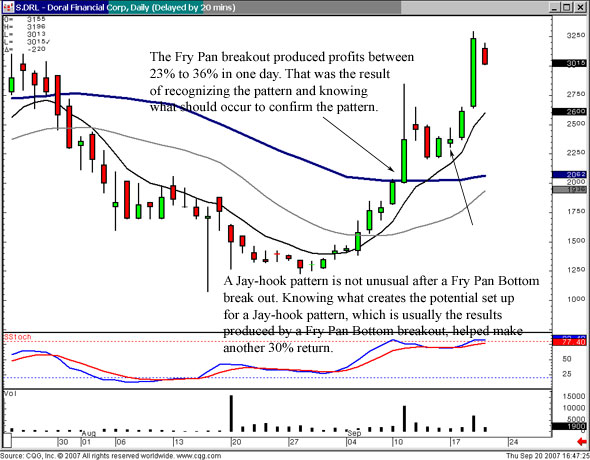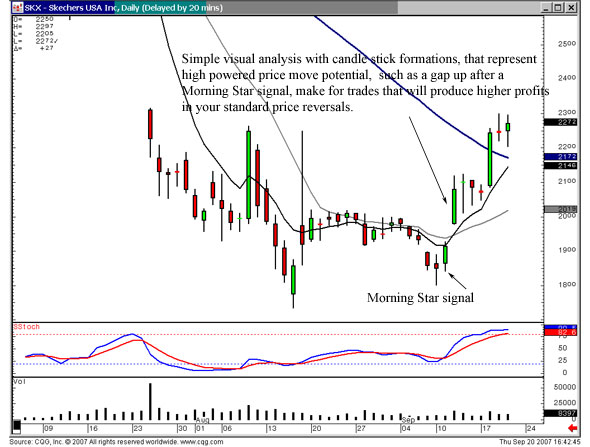Not only does Wall Street news dominate the daily reports on TV and in the papers, it has a prominent place in the annuls of American history as well. One of the pillars of Wall Street has been the New York Stock Exchange. With a history that can be traced back to 1792 and a lineage that dates to March 8, 1817, the New York Stock Exchange is an integral part of not only the stock market but of Americana as well.
From its strategic location on Wall Street, the New York Stock Exchange has become the largest stock exchange in the world and with its listing of nearly 2,800 securities; it is also the second largest based on this measurement. Stock trading was the highest in the world at the New York Stock Exchange until being passed by NASDAQ in the 1990s. Every major event in American business history has been witnessed at the New York Stock Exchange, including the stock market crash of 1929. Simply put, there is not a part of history in the stock market that does not include the New York Stock Exchange.
Changes For The New York Stock Exchange
With nearly two hundred years of history, there is no doubt that the New York Stock Exchange has seen many changes. Among the events that have defined the stock market news at the New York Stock Exchange are:
- 1792 - The NYSE acquires its first traded company
- 1817 - The constitution of the New York Stock and Exchange Board is drafted
- 1867 - The First Stock Ticker
- 1907 - Panic of 1907
- 1914 - World War I causes the longest exchange shutdown: four months, two weeks
- 1929 - Central quote system established; Black Thursday (October 24) and Black Tuesday (October 29) signal coming of Great Depression
- 1943 - Trading floor is opened to women
- 1954 - DJIA surpasses its 1929 peak
- 1971 - NYSE recognized as Not-for-Profit organization for tax purposes
- 1977 - Foreign brokers are admitted to NYSE
- 1979 - New York Futures Exchange established
- 1987 - Black Monday, October 19
- 1996 - Real-time ticker introduced
- 1999 - 2000 - First NYSE global index launched under the ticker NYIID
- 2001 - September 11, 2001 attacks occur, closing NYSE for 4 sessions
- 2006 - NYSE and ArcaEx merge, forming the publicly owned, for-profit NYSE Group, Inc.; in turn, NYSE Group merges with Euronext, creating the first trans-Atlantic stock exchange group; DJIA tops 12,000 on October 19
The Future Of The New York Stock Exchange
The New York Stock Exchange has a bright future and continues to grow year after year. With the introduction of stock market online investing, the New York Stock Exchange will continue to grow even without another broker learning how to buy stock. More investors come to Wall Street every year and the New York Stock Exchange continues to handle the additional volume thanks to state-of-the-art stock trading software. While security concerns will always exist, the New York Stock Exchange continues to work to its data safe for those investing in the stock market.
Conclusion
After nearly two hundred years, the New York Stock Exchange continues to be one of the premier stock market trading tools. With all of the positives of the New York Stock Exchange and the efforts that are put into keeping it efficient and secure, it will probably be the home of successful traders for another two hundred years.
Market Direction: Everybody can make money when the markets are moving up. A rising tide raises all boats. But Candlestick analysis provides 'more' advantages when the market is going up. Of course everybody is going to make money in a bullish trend. But the first caveat to that statement is that you are positioned to take advantage of the bullish trend. The markets have had a good positive move since the middle part of August. A strong Morning Star signal allowed candlestick investors to get themselves in bullish positions. That may be obvious in hindsight but keep in mind, for the past month and a half there have been many talking head gurus that have been touting the fact that this market was going lower. You can bet your bottom dollar they were not heavily long in this bullish uptrend. You can also be assured that many people were not in the correct sectors during this last uptrend.
Candlestick analysis produces some very huge benefits. First of all, it allows an investor to know whether to be predominantly long, predominantly short, or have a mixed portfolio. Most investors have a hard time projecting which way the market is going in general. Next, once the trend is analyzed correctly, what would be the next logical analytical step? Which stocks/sectors are going to perform the best during the up trend.
Remember, anybody can make money during a bullish trend. If you are serious about investing correctly, you want to be able to position yourself to take advantage of price moves that are going to be the most advantageous during a price trend. Wouldn't you rather find positions that could produce 10%, 20%, 40%, or greater profits when the Dow moved up 6%? That is the capabilities that can be utilized in candlestick analysis.
The candlestick signals and patterns provide additional credibility for finding not only a price movement that may be moving in the same direction as the markets, but provides the opportunity to make much bigger percent profit because our the effects of a price pattern. Last week we mentioned in the newsletter positions such as DRL producing anywhere from 23% to 36% profits in one day. That was due to the recognition of a Fry Pan Bottom breakout potential. LEND was illustrated as a strong chart pattern that produced over a 50% return in two to three weeks.
When you add these returns to a portfolio where the majority of positions have produced 5%, 7%, 12%, 18% or better returns over the past two weeks, the big-percent position moves enhance the returns all that much more. The Candlestick Forum is an educational website to teach people how to recognize where the high profit potential can be in the markets. You will not see banner headlines about the tremendous returns produced this week or that week. The most flamboyant expression of successful investing will be found simply in explanatory text as this newsletter. The purpose for learning how to use candlestick signals correctly is so you can make profits in your own account. What is usually the first thing we think about when we hear some investment guru tell how they made big profits in such and such a trade last week or last month? The first thing that comes to mind is what did you do the months before that and what are you going to be able to do next month. Learn how to use candlestick signals correctly and you do not have to depend on anybody else.
DRL

SKX

When Mr. Bigalow recommends a stock position, he does it by illustrating all the technical confirmations that may make the signal or the pattern a high probability trade. The purpose for the recommendations is not to be involved in a potentially good trade but to learn what evaluation was utilized to make that a high probability high profit trade. The visual aspects of candlestick analysis make learning how to invest successfully very easy. You can make profits in a bullish market, just like everybody else. But wouldn't you like to be able to participate in the best profit potential during a bullish market? Candlestick signals and patterns make that very feasible.

No comments:
Post a Comment